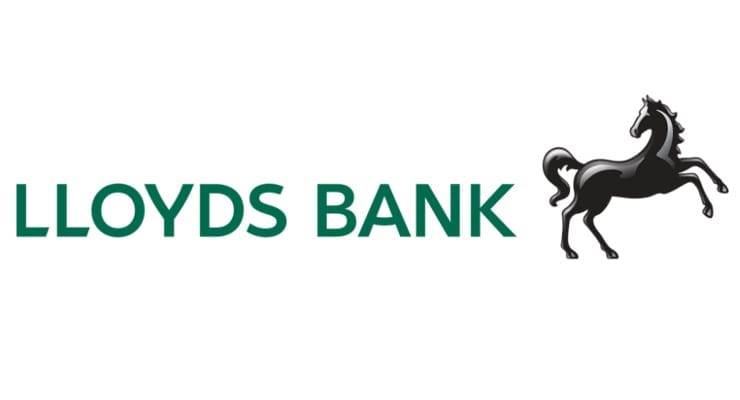Falling unemployment and creation of more jobs key driver to house price growth according to Lloyds Bank.
Recent media and research centre report from Lloyds Bank headlines ‘House price growth outperforms in areas where unemployment has fallen most since 2017’.
Areas where improvements in unemployment are at their greatest have typically experienced above average house price rises, seeing prices soar by almost £100,000 in past decade, according to the latest research from Lloyds Bank. The 10 areas with the highest unemployment rates recorded average house price growth of just 10%, less than half the national average (25%), since 2007.
Lloyds Bank Mortgage Director Andrew Mason said: “A number of factors have contributed to mounting pressures on house prices across the country in recent years, however, falling unemployment and the creation of more jobs are key drivers as this research highlights. A strengthening job market helps to boost confidence, puts more cash into customers’ pockets and also makes it easier to secure a mortgage. These developments all help to increase the demand for homes, which leads to increasing property prices.
“However, in the recent recession of 2008-09 house prices fell in most areas of the country – even where the unemployment rate rose only marginally. This highlights other contributing drivers of price growth, besides the labour market, such as affordability and the supply-demand balance.”
Read the Lloyds Bank research report from 31st March 2017 in full click here.







